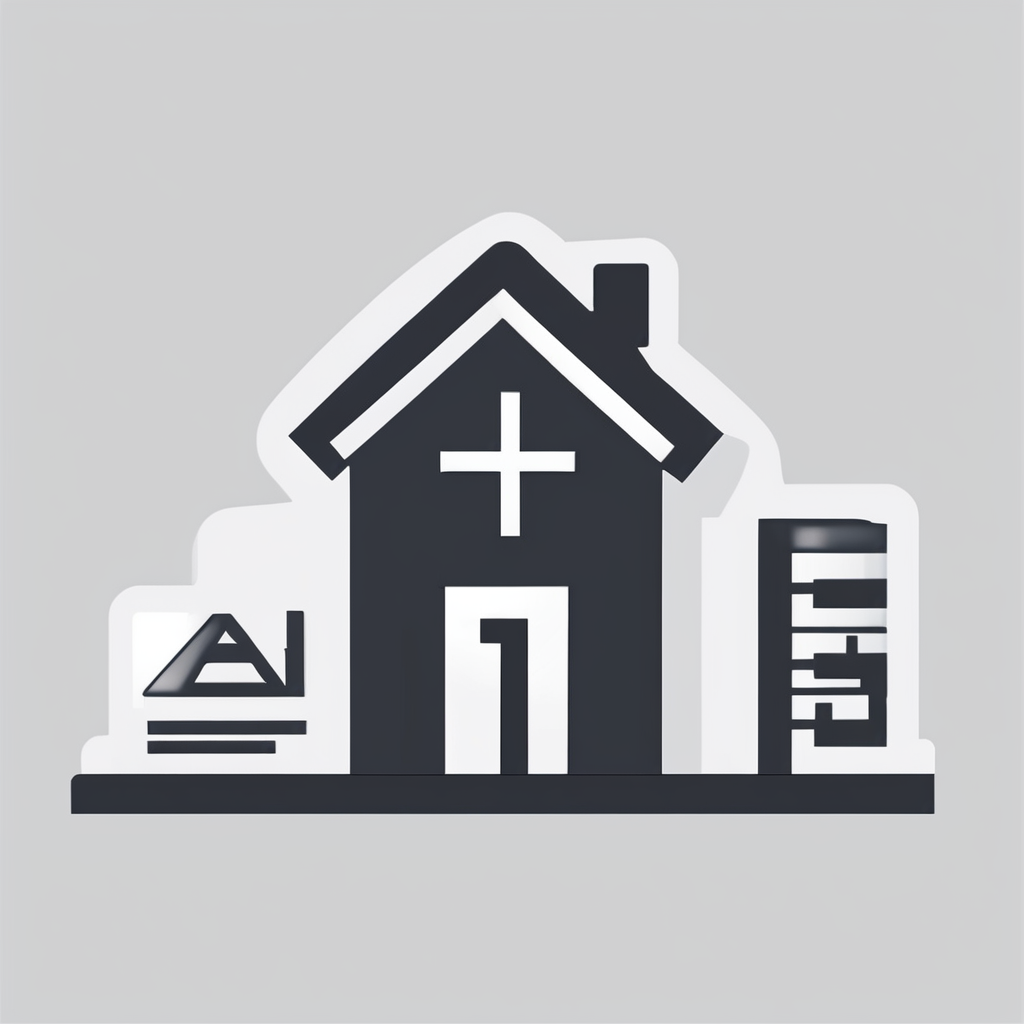Understanding Multi-Site Property Management Needs
Managing multiple properties is undeniably challenging. Multi-site management needs are complex, involving coordination across various locations. Property managers often juggle diverse tasks, such as maintenance requests and tenant communications. This complexity highlights the importance of robust software solutions.
Software aids in streamlining operations by offering centralized control, which is invaluable. Through streamlined systems, managers can monitor multiple sites from a single platform. This reduces the time and effort spent on repetitive tasks, allowing for more informed decision-making.
Also to read : Mastering Property Portfolio Management Across Varied UK Locations: Expert Strategies for Success
Despite the benefits technology provides, multi-site property managers face recurring challenges. Communication remains a primary concern. Ensuring consistent updates across all properties can be overwhelming. Additionally, managers must navigate different local regulations, which vary by region. These factors complicate daily operations, demanding adaptable solutions.
Moreover, budget management is another critical challenge. Managers must allocate resources efficiently to maintain profitability. This involves careful planning and expense tracking. Ultimately, adopting a strategic approach that prioritizes efficiency is essential for overcoming these challenges.
Also to read : Evaluating the Effects of High-Speed Rail Developments on Property Values in the UK: A Comprehensive Guide
Understanding the multi-site management needs ensures smoother operations and enhances the quality of service provided to tenants, making software an indispensable tool for property managers.
Key Features of Property Management Software
Property management software plays a crucial role in streamlining operations. Its features can greatly enhance business efficiency and decision-making processes.
User-Friendly Interface
An intuitive interface is essential for property management software, allowing team members from diverse backgrounds to access and operate the system with ease. This user-friendliness reduces the learning curve, enabling property managers to focus more on core tasks rather than deciphering complicated software. The simplicity in navigation is not only a time-saver but also fosters confidence and independence among users.
Integration with Other Systems
One of the most compelling features is its ability to seamlessly integrate with other systems. This integration ensures that all operational tools work harmoniously, negating the need for duplicate data entry. It offers a central hub where financial systems, databases, and communication platforms can coexist, thus improving overall operational efficiency.
Reporting and Analytics Tools
Effective reporting and analytics tools are indispensable. These tools provide property managers with real-time insights, aiding them in making informed decisions. The ability to analyse data promptly means that managers can identify trends, measure performance, and predict future outcomes, thus ensuring strategic and well-informed management decisions. The benefits of such tools are substantial in enhancing business potential and growth trajectory.
Benefits of Using Property Management Software
Adopting property management software offers a multitude of advantages. One significant benefit is the enhanced communication and collaboration among teams. By consolidating communication tools within the software, property managers can effortlessly relay information and updates to their team members. This ensures that everyone stays informed and reduces the likelihood of misunderstandings or miscommunications.
Another key advantage is the improved tenant experience through better service management. Property management software often includes features for handling tenant inquiries and maintenance requests more efficiently. Tenants benefit from quicker response times and more organised service handling, which contributes to higher satisfaction and retention rates.
Additionally, the software streamlines financial processes and record-keeping. Managers can automate rent collection, manage expenses, and keep precise financial records with less manual effort. This not only saves time but also significantly reduces the risk of human error.
These improvements in communication, tenant service, and financial management lead to more efficient operations. Property management software’s integrated approach transforms the way property managers interact with tenants and manage their resources.
Comparison of Popular Property Management Software
Comparing property management software options is essential for making informed decisions. Here’s a comprehensive overview:
Software 1 Overview
Software 1 offers a range of essential features that cater to various property management needs, including tenant screening, lease tracking, and maintenance scheduling. This software typically has a user-friendly interface that simplifies day-to-day management tasks. The pricing is often scalable based on the number of units managed, starting at a competitive rate. While effective for single-site management, it may lack advanced analytical tools found in its counterparts.
Software 2 Overview
Software 2 stands out for its unique selling points in multi-site management, offering robust tools like automated reporting and centralized communication. These features enable property managers to efficiently handle multiple locations from a single dashboard. It is particularly praised for its customization options, allowing tailored experiences to meet specific operational needs. Pricing is usually higher due to these premium functionalities.
Software 3 Overview
User feedback highlights both strengths and weaknesses of Software 3. It is well-regarded for its comprehensive customer support and intuitive design, making it accessible for all skill levels. However, some users point out occasional performance issues, especially when managing large portfolios. Despite this, its competitive pricing makes it a value-friendly option for smaller property managers.
User Experiences and Reviews
Feedback on property management software is often mixed, reflecting both successes and challenges experienced by users. User reviews frequently point out how certain software solutions streamline operations, enhance tenant relationships, and improve revenue management. However, challenges such as initial setup complexity and steep learning curves have also been reported.
Case studies showcase the transformative power of these tools. For instance, a property management firm noted a significant reduction in vacancy rates after implementing a tailored software package. Another user highlighted the ability to automate routine tasks, saving valuable time and resources.
Yet, common issues persist. Users often mention difficulties with software integration with existing systems, causing temporary workflow disruptions. Users also frequently ask, “How can these issues be resolved efficiently?” The SQuAD approach suggests prompt customer support, regular software updates, and a comprehensive onboarding process significantly alleviate these concerns.
In addressing user feedback, software providers are emphasizing user-friendly interfaces, robust customer support, and continuous technological enhancements to cater to evolving needs. As end-users, reviewing such feedback can guide you in selecting the right software that aligns with your specific requirements and optimises your operations in the property management sphere.
Pricing Structures of Property Management Software
Understanding the pricing structures of property management software is crucial for making informed decisions. Property management software pricing can vary significantly, primarily depending on the features and service levels provided.
Subscription Models
Most property management software operates on a subscription model, where users pay a monthly or annual fee. These fees often align with the number of units managed or the features selected. For instance, a basic plan may cover essential functions like tenant management, while more comprehensive plans include advanced tools such as financial reporting and communication portals.
Additional Costs to Consider
Apart from base subscription fees, users should be aware of potential additional costs. These can include setup fees, training sessions, and customer support services. Some software vendors might even charge extra for integrations with third-party applications or for data migration services during initial setup.
Value for Money Analysis
To gauge the value for money, it’s essential to weigh the cost against the features offered. When comparing pricing plans, consider the full spectrum of features and how they align with your property’s management needs. This analysis helps ensure that the chosen software delivers the necessary functionalities without exceeding budget constraints, offering optimal investment returns in property management.
Tips for Optimizing Software Use
Effective property management software use can significantly boost your workflow. One essential strategy is proper staff training. Comprehensive training ensures that team members understand all functionalities, which reduces errors and enhances productivity. Use interactive sessions where employees can ask questions, and encourage familiarity over theoretical knowledge.
Customizing software is another critical aspect. Tailor the platform to match your specific property management needs. Most software allows for certain levels of customization, from dashboards to reporting features. This adaptation aligns the software closer to your organizational goals, thereby enhancing overall performance.
Regular updates are crucial for maintaining software efficiency. Frequent updates often include security patches, new features, and bug fixes. This not only optimizes performance but also ensures compliance with the latest regulations and industry standards. Ignoring updates can lead to security vulnerabilities and decreased efficiency.
Finally, consider implementing feedback loops. Regularly solicit user feedback to continuously improve how the software fits your team’s needs. Involving staff in this process can not only make them feel valued but also highlight areas of improvement that might not be apparent otherwise.











